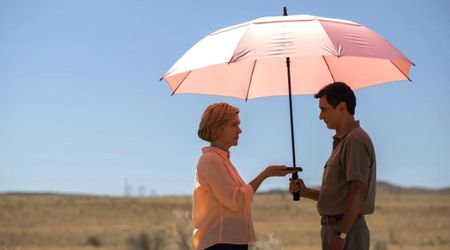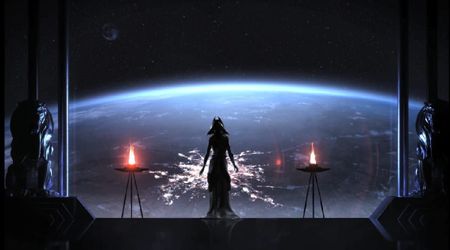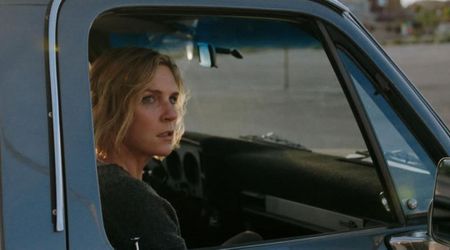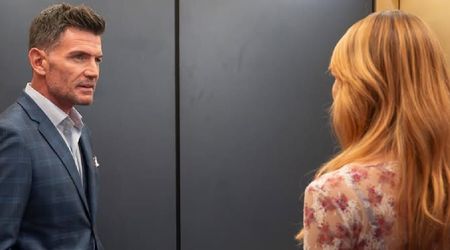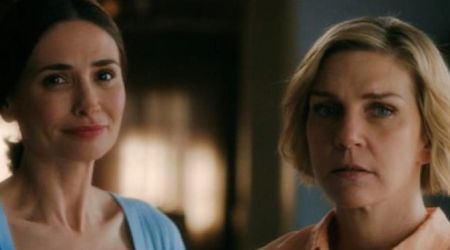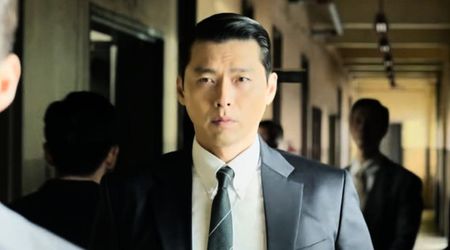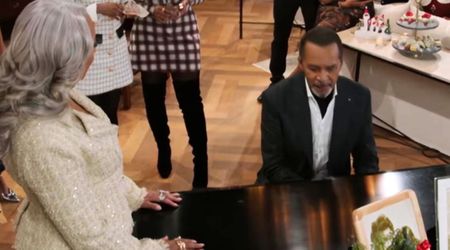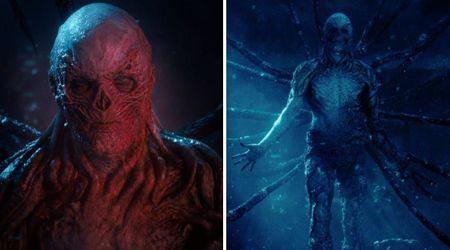'Atlanta's Missing and Murdered: The Lost Children': Williams is convicted but victims' kin believe he's innocent

Part four of 'Atlanta's Missing and Murdered: The Lost Children' delves further into the investigation and trial that convicted Wayne Williams of two murders. He was charged with the murders of 10 other children of the Atlanta Child Murders case.
The state had started to build a case revolving around Williams as the murderer. According to journalist Bob Sirkin, the notion central to the case was that if Williams killed one of the victims, he practically killed them all. Normally, in cases where they allow pattern evidence, the trial is stopped to hold a hearing to determine if these cases should be allowed as pattern evidence. No such thing happened with Williams' case whatsoever. The case was presided over by Judge Clarence Cooper, who apparently knew both sides of the case really well. He was also the city of Atlanta's first black superior court judge and previously served as the district attorney at Fulton County under Lewis Slayton for eight years.
The forensics played a pivotal role in the trial, with the examination of the fibers. Larry Peterson, a Georgia Bureau of Investigation forensic scientist, concluded from his forensic research that the fibers found on the bodies matched those in Williams' property. A thorough investigation of his home lead to the discovery of fibers from his carpets and bedsheets. Peterson concluded that it was too much of a coincidence for the fibers to match those on the bodies. Tracing the fibers to its origin based on its composition, it was discovered that the carpets were manufactured by Wellman, a company based in South Carolina that distributed its carpets to at least 820 homes across the country in the 1970s. The FBI's final mathematical assumption was that at least 82 homes in Georgia had Wellman carpets on their floors, one being Williams' house.

However, another theory was that all industrial wastes from factories such as Wellman were disposed of in water bodies. As a result, there was a possibility that the fibers on the bodies that were found by the river could just be remnants of the industrial wastes. Public officials decided to test this theory by submerging two pillowcases in the Chattahoochee river where the bodies of Nathaniel Carter and Jimmy Payne were recovered. They found that various fibers did stick indeed to the material. However, the forensics ruled out that none of the fibers on the pillowcases matched those retrieved from Williams' house.
As the case against Williams developed and the trial date began closing in, an overwhelmed FBI Forensic Department was fully immersed in investigating the fibers, which comprised the essential pieces of evidence to back the claim that Williams was the murderer.
According to federal agents, the coincidences were astronomical and impossible to ignore. Although there was no evidence that Williams had committed the murders, the evidence did pointed to the victims being in his premises at some point before their bodies were found. Essentially, the fibers were central and the only "hard" evidence for the authorities to pin the blame on Williams.
The trial against Williams began in 1982 and several eyewitnesses who claimed to have seen Williams with the victims came to the stand to testify against him. He had only been charged for two of the 28 murders (Carter and Payne) compiled in the task force's list of missing and murdered children. The prosecution, however, wanted to introduce evidence that linked him to 10 more victims. Williams' defense attorney, Mary Welcome, said they had not been notified about the additional charges, so how were they to defend Williams against what they did not know?

Some 70 or so witnesses (including Williams himself) emerged from the case and claimed that Williams was either homosexual, bisexual or a virgin, trying to gauge if the murders were committed with a sexually-driven motive. Most claimed that they had seen Williams with one of the victims in the Atlanta Child Murders case. One also said he had seen Williams hold Nathaniel Carter's hands at a movie theater, the day before the latter's alleged murder. This led the prosecution to interrogate Williams about his sexuality and sex life.
Bobby Toland, an ambulance driver who emerged as another key eye-witness, made his hatred for Williams clear through his testimony. On the stand, he told the courtroom that Williams was racist and despised lower-class blacks, and that he had heard him say on multiple occasions that all poor people should be killed.
A vital inclusion among the witnesses was Sharon Blakely, who worked with Williams and was a good friend of his. Many thought she would come forward to testify for his innocence. Instead, she recalled a conversation with Williams where she told him that the game had to end someday. She apparently even asked him if he would confess to his crimes if the authorities found enough evidence, to which he allegedly replied with a "Yes". When asked by the prosecution if she believed that Williams had killed the victims, she looked the defendant in the eye and tearfully said, "Yeah, I'm sorry."
At the beginning of the trial, when Williams took the stand and was prosecuted, he remembered being scared and repeatedly stating that he did not know any of the victims when he was asked about his relationship with them. Welcome claimed that he had every right to be outraged that he was at a disadvantage of being wrongfully accused, but he stayed calm throughout.
However, when these questions persisted and the prosecution tried to rile him up to display some kind of emotion, they succeeded. Williams blew up, possibly tired of constantly denying the charges and maintaining his innocence. The prosecution, however, used this to their advantage saying that his outburst proved that he was a violent person and potentially a violent killer, like a Dr Jekyll and Mr Hyde sort of persona. Williams' outburst was used as the closing statement for the trial. He was called a violent person that is prone to violent behavior and he was even likened to Attila the Hun.

Williams' parents, the parents of all the lost children and even most of Atlanta believed in Williams' innocence because the evidence did not prove beyond a reasonable doubt that he was guilty. However, the authorities turned a blind eye.
The jury came out 11 hours after the trial, even though there was no way they could have considered all of the evidence gathered in the three years, and the final verdict was that Williams was guilty as charged. He was sentenced to two consecutive life terms. Welcome suggested that the FBI had pulled some strings and orchestrated the entire prosecution because they were running out of resources and time. It was all allegedly a ploy to indict Williams so they could finally close the case and save the city's reputation from being tarnishing even further. Two days after Williams' conviction, they unofficially attributing the other murders to him as well. There was no closure given to the parents and there was no legitimate answer as to who kidnapped and killed these children.
The turning point in the case, however, was in 1983 when it came to light that the witnesses who had testified against Williams had committed perjury by testifying falsely.
Bobby Toland was discovered to be a member of the Ku Klux Klan who gave a false statement under a fake identity. It was also revealed that the initial forensic reports from the crime scene discovered that the dog hairs recovered from the bodies were white and possibly belonged to an Alaskan Malamute or a Siberian Husky. Williams' dog was a brown German Shepherd, but the reports had been changed to display 'light brown' in place of 'white' after Williams emerged as a suspect. The FBI's assumption without record and the mathematical possibilities couldn't be justified, yet they were presented in front of the jury as hard evidence.

Six months after the trial, an appeal for a retrial was denied by the Supreme Court. However, it was later found that an anonymous phone call from someone likely very influential, like the governor, the president or the vice president, asked the judges to uphold the conviction.
New suspect emerges

In 1986, a piece of new exculpatory evidence was found in the murder of one of the victims, Clifford Jones. He was murdered in a laundromat which led to a new suspect emerging in the case — James 'Jamie' Edward Brooks, who was a homosexual sex offender.
A witness by the name Freddie Cosby came forward and gave graphic and accurate details of Jones' murder. He said that Brooks had an accomplice by the name Calvin Smith and they both raped Jones and proceeded to strangle the young boy when he began to cry. The testimony was however dismissed by the FBI because Cosby had a mental disorder that made him a slow thinker. Since there was no concrete evidence that Brooks had committed the murder, he wasn't charged.


